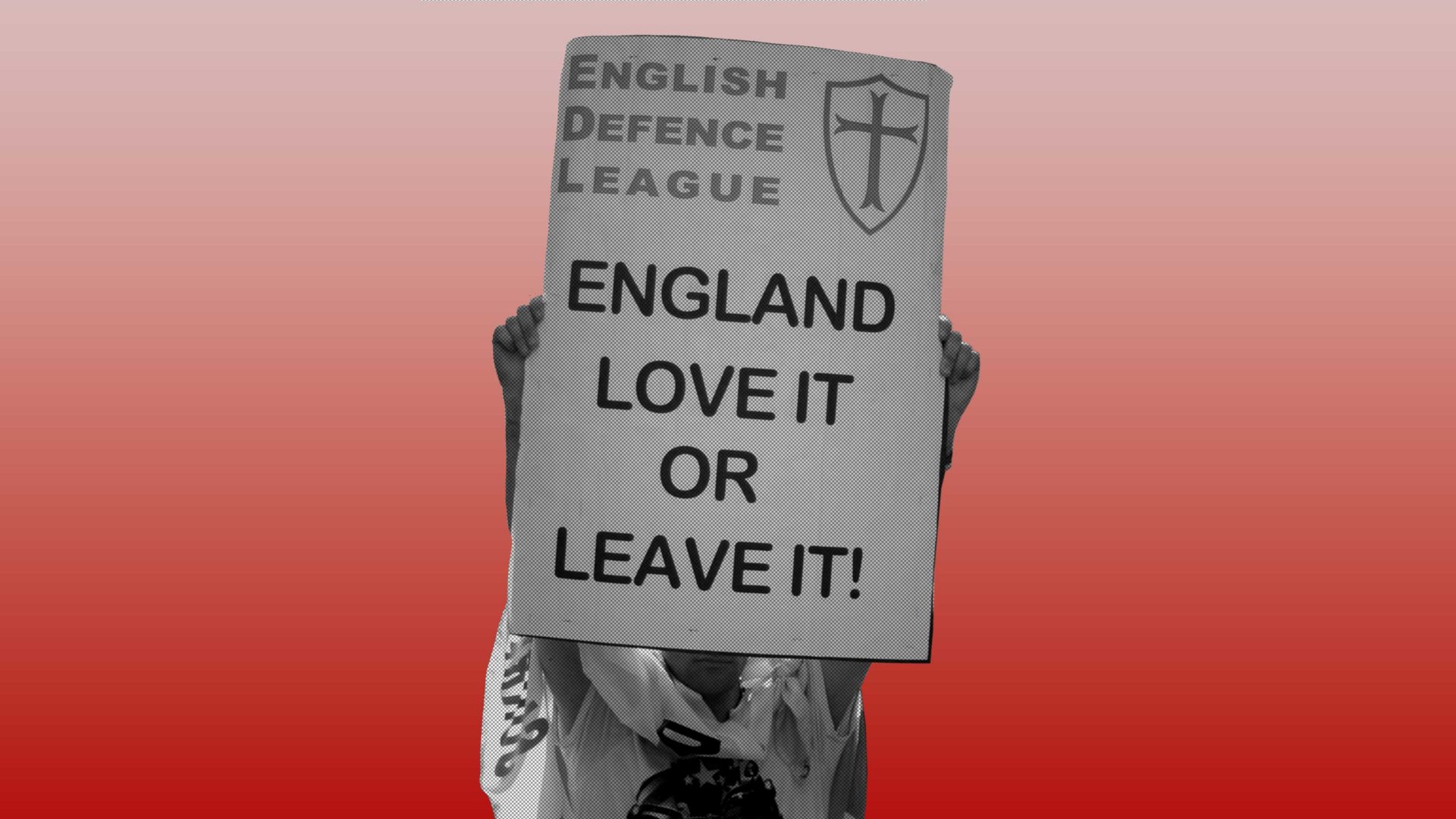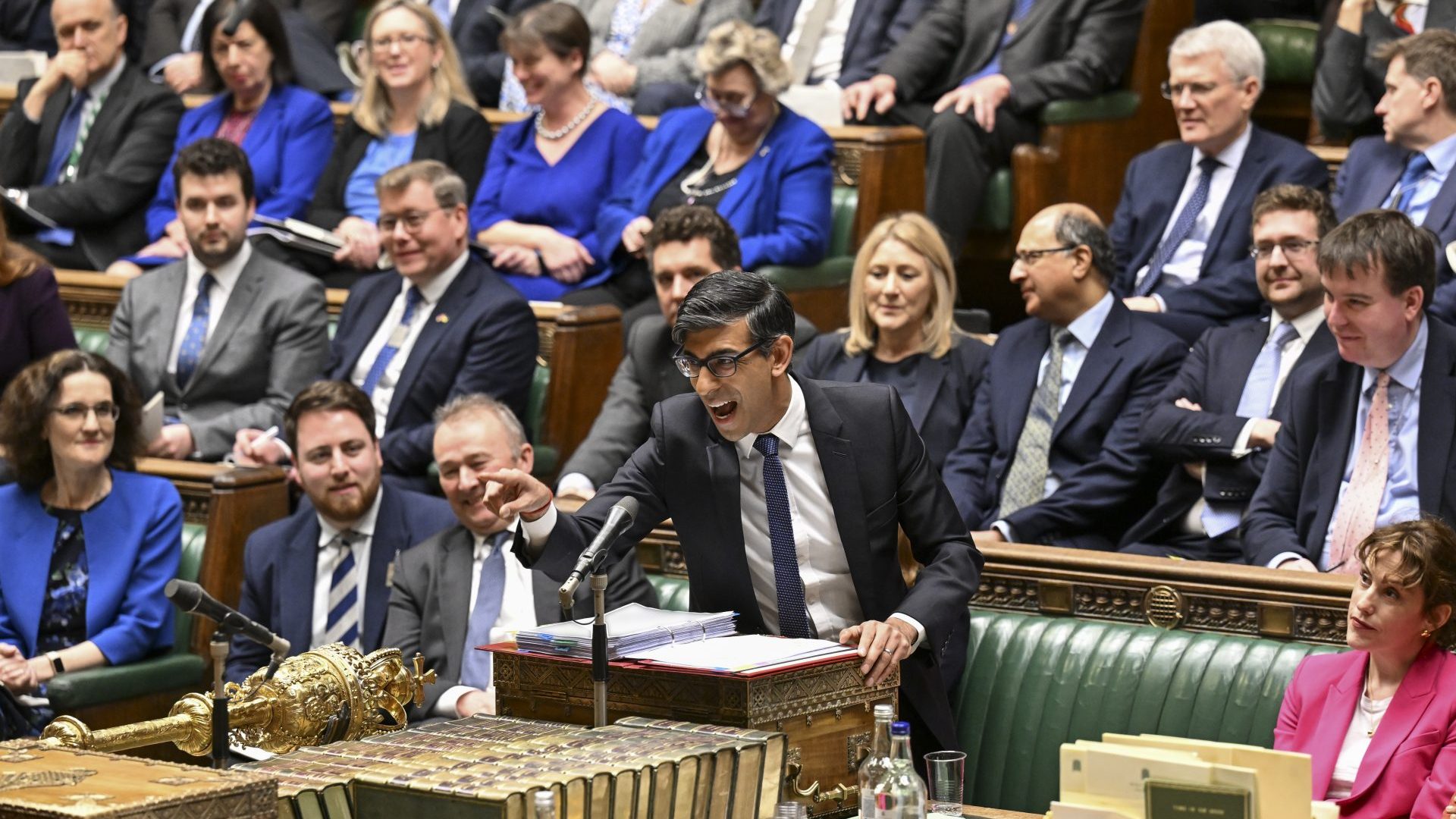Antisemitism and Islamophobia have dominated UK political news this past month. A recording of Rochdale by-election candidate Azhar Ali claiming that the Israeli government let the Hamas October 7 attack go ahead, and Lee Anderson’s suggestion that Sadiq Khan was in thrall to Islamists, led to action by both Labour and Conservative party leaders.
Ali has apologised, calling his own comments “deeply offensive, ignorant, and false”. Anderson has yet to make an apology. Khan has spoken of the poison of antisemitism and Islamophobia. Behind all this are basic questions about the limits of free speech and the effects of words in different contexts.
In his 1978 book Orientalism, Edward Said, a Palestinian-American, analysed how for centuries fictional views of Arabs and the east in general have dominated in the west, have stoked hostility and fear, and have facilitated imperialism premised on the assumed inferiority of the east.
In an essay he wrote for The Nation, published in 1980, he made clear that one aim of his book had been to show that any talk of “Islam” or “true Islam” was likely to be flawed, not just because it involved generalisation about very diverse groups of people, but also because he was sceptical that defining Islam as X, Y, or Z was useful, since it would lead to further essentialism.
Said’s book was critical of the convenient fictions created around the Orient, but he didn’t intend to replace them with the “true” picture – it’s not clear he thought there was one. He was against reductive images being used for “a very complex reality”, and wary of how such images function.
One way of thinking about Islamophobia today is as a subset of the kind of Orientalism that Said diagnosed, as a cluster of ways of demonstrating prejudice against all Muslims based on false stereotypes that present them as a threat, as extremists and potential terrorists.
Some of the discussion around both the Ali and Anderson cases assumes it’s reasonably clear-cut what “antisemitism” and “Islamophobia” mean. At the most basic level that is true: antisemitism is a prejudiced hatred of Jews and Islamophobia is a prejudiced fear of Muslims.
But beyond that, more detailed definitions of both terms are contested. It’s very complicated, and antisemitism and Islamophobia have significantly different histories that feed into our understanding of the terms.
Coming up with satisfactory definitions is complicated yet important. We need to be clear about the difference between legitimate critical speculation, even if ill-informed and misguided, and rabble-stirring bigotry that plays on false stereotypes and is likely to lead to group hatred and violence. We also need to prevent the mere accusation of antisemitism or Islamophobia shutting down debate.
We need to know, too, not just whether a specific comment has crossed the line, but also whether one or two unthinking comments are sufficient to make you an antisemite or an Islamophobe, or whether that requires repeated, conscious and considered hatred of the relevant groups of people.
If you want to know how many married women there are in the UK, it’s relatively straightforward to find the answer. But how could you tell how many antisemites or Islamophobes there are among us? That’s a different kind of issue because there isn’t a simple answer.
The difficulty doesn’t just arise because people often conceal the nastier aspects of their character. It is difficult to assess because we don’t have universally agreed criteria for determining which sorts of statements or attitudes put someone into either category, except in the broadest terms, or for what it takes to stay there.
There are plenty of groups trying to formulate working definitions of antisemitism and Islamophobia and corresponding policies. Some of these use examples to help clarify the line between comments that should be tolerated in a civilised society and those that should not.
These will only be effective, however, if combined with case-by-case analysis. That’s because the rich context of a communication or act, including the speaker or actor’s intentions, determines its meaning. As John Stuart Mill noted in On Liberty, it isn’t just the words used that matter when deciding where to set the limits of free expression. Where and how they are used matter too.
In his example, writing “Corn dealers are starvers of the poor” in a newspaper article is very different from waving a placard with the same words on it in front of an angry mob outside a corn dealer’s house.



